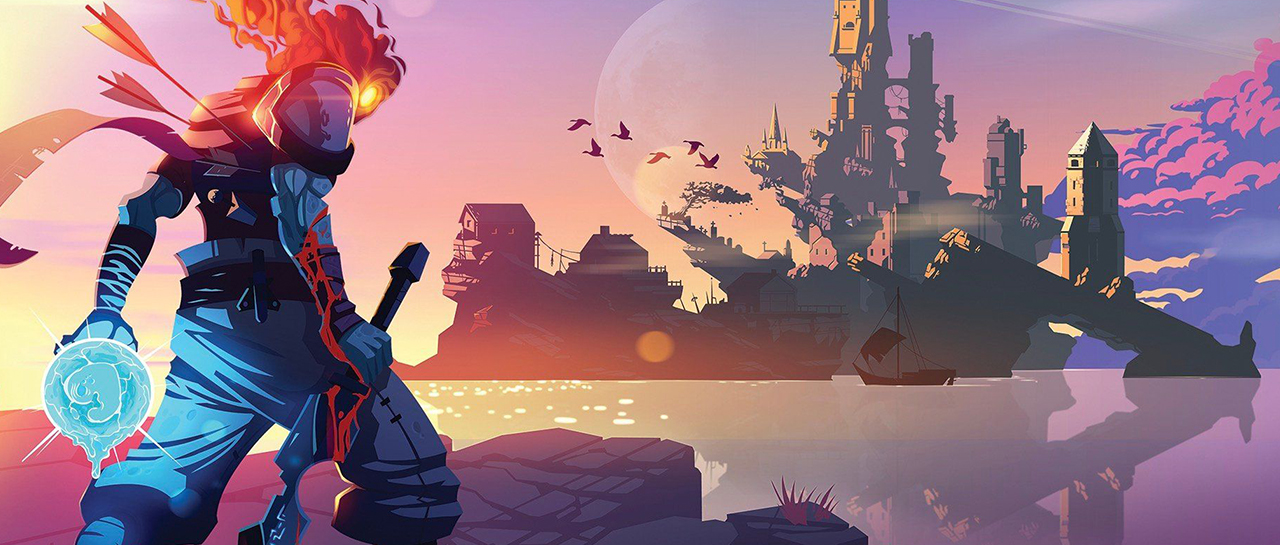
Those first two biomes are relatively easy to get through, so the real challenge comes from fighting the tough bosses after them. There doesn’t appear to be too much randomization to level construction, as my runs through the castle looked about the same each time. It brings four new biomes (five if you count an altered castle that appears in its bonus Richter mode) and two of those are boss fight hubs. Return to Castlevania is a sizable DLC, though you’ll still want to calibrate your expectations. Every IP holder should be chomping at the bit to get in on it next. Return to Castlevania cements Dead Cells as a lovingly constructed museum to video game weaponry. The fact that none of those abilities feels out of step with one another is a game design triumph. It’s wild that I could trounce into Dracula’s castle wielding Alucard’s shield and Hollow Knight’s nail, occasionally transforming into a chicken from Guacamelee to drop bombs. While the DLC seems like a celebration of the Castlevania series, it’s actually a showcase for just how cool Dead Cells is. I’ve only found a handful of the DLC’s new items so far, but each one feels entirely consistent with Dead Cells’ core combat. A familiar white cat, on the other hand, delivers a critical forward strike, but also acts as a passive familiar that attacks enemies on its own while I explore. Holy Water, for instance, is an excellent side weapon that lets me burn the ground in front of me. The new DLC adds a collection of Castlevania-themed items to that pool, many of which just make sense with Dead Cells’ combat system. Just like a normal run of Dead Cells, players can discover blueprints for new items and weapons. The new weapons are the most impactful change here, though, as they bring something exciting to the entire game. Foes like bone-tossing skeletons and pike-wielding guards feel like they’ve been in Dead Cells all along, as they test my ability to quickly read attack arcs and dodge around them. The Castlevania elements slot into that format incredibly smoothly, from enemies to weapons. While the aesthetic influences are obvious, I’m still very much playing with its quick action and mobility-heavy dungeon crawling. Classic music from Castlevania have been remixed to perfection here too, nicely matching the rest of Dead Cells’ score while still retaining the feel of the original tracks. That’s apparent off the bat in its visuals, which map the general feel of Castlevania onto Dead Cells’ distinct pixel art style.

What works so well here is that both of these IPs find an easy way to meet in the middle. I quickly found myself on a mission to infiltrate the castle, warping into it and looking for a way to bring its massive drawbridge down. My first trip down that path was immediately joyful. Rather than following the usual level progression path of the standard roguelite, I’d now have the option to jump into a new door that would take me to the outskirts of Dracula’s castle. While exploring the roguelite’s opening area, I bumped into none other than Richter Belmont, who asked for my help in taking down Dracula.
#Next dead cells dlc Pc
I started a fresh file in the game on PC and was able to access the new content within an hour.

The Castlevania DLC slots into Dead Cells quite naturally. A (not so) miserable little pile of secrets
#Next dead cells dlc series
It isn’t just a nostalgia trip for fans of the classic monster-slaying series it’s another strong Dead Cells expansion in a long line of them, cementing the roguelite’s legacy as one of the best indies of its era.

Sure enough, Return to Castlevania does not disappoint.


 0 kommentar(er)
0 kommentar(er)
